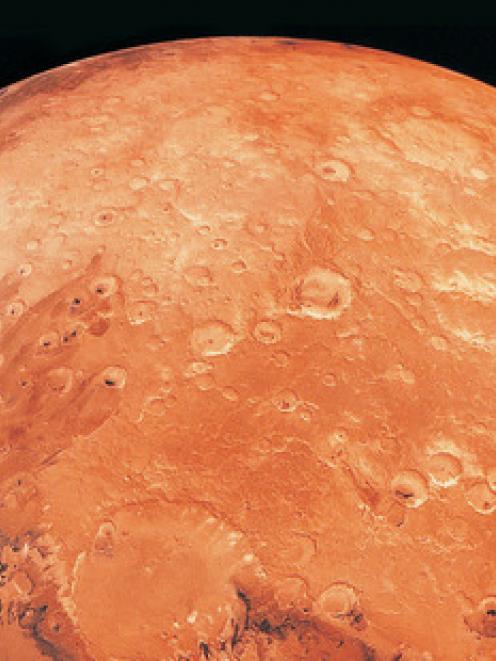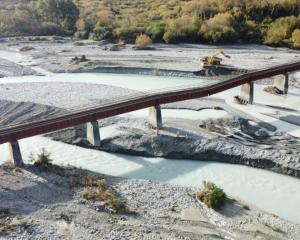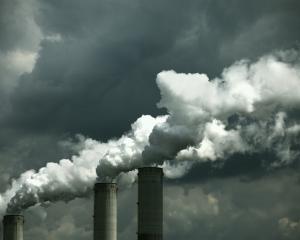
It's a question Kiwi astrobiologists and visiting Nasa scientists don't think is ridiculous at all.
The dramatic geothermal landscape of the Waimangu volcanic rift valley has recently provided something of a miniature Mars for a small space buggy inspired by the next robotic rover Nasa plans to land on the red planet.
The prototype, named Junior, may be remote-controlled and much smaller than the car-sized Mars 2020 Rover -- but the research it's conducting around the steaming edges of the valley's hot springs is far from child's play.
Scientists believe the hardy bacterium Junior has been analysing around the pools could provide globally unique models for the earliest life forms -- if there ever were any -- on the once-volcanic Mars.
Such preserved signs of life have been hunted for on Mars by the rovers Curiosity and Opportunity.
It will also be a focus of the 2020 rover, which will return to Earth with the first sample of Martian soil and rock.
The cyanobacteria in Rotorua's springs, known as extremophiles, are photosynthetic, single-cell creatures capable of withstanding some of the most inhospitable environments on the planet.
During sudden events, large mats of the cyanobacteria living around the pools could become fossilised by sinter deposits, leaving behind a unique bio-signature.
If life ever did exist on Mars, it is likely it would have been similar to these organisms -- and been fossilised in just the same way.
"It's what we call, in effect, an analog for early Martian life," said Professor Steve Pointing, the director of AUT University's Institute for Applied Ecology, who is helping lead the research as part of Nasa's visiting Spaceward Bound programme.
While much of this type of research is carried out at Yellowstone Park in the United States, Rotorua offers geothermal features that were formed less than 200 years ago.
"We also have an advantage in a huge diversity of hot springs -- we have both acidic and alkaline hot springs, which is very important because you get so many different types of these extremophiles," he said. "So we may actually be able to highlight New Zealand -- and especially Rotorua -- as an international destination for astrobiologists."
Professor Pointing has collaborated with Nasa for more than 10 years and has been involved with rover development projects in such harsh landscapes as Chile's Atacama Desert.
Australian astrobiologist Steve Hobbs, who built the prototype rover, will assist Professor Pointing in a forthcoming project in Antarctica.
By Jamie Morton of the New Zealand Herald












